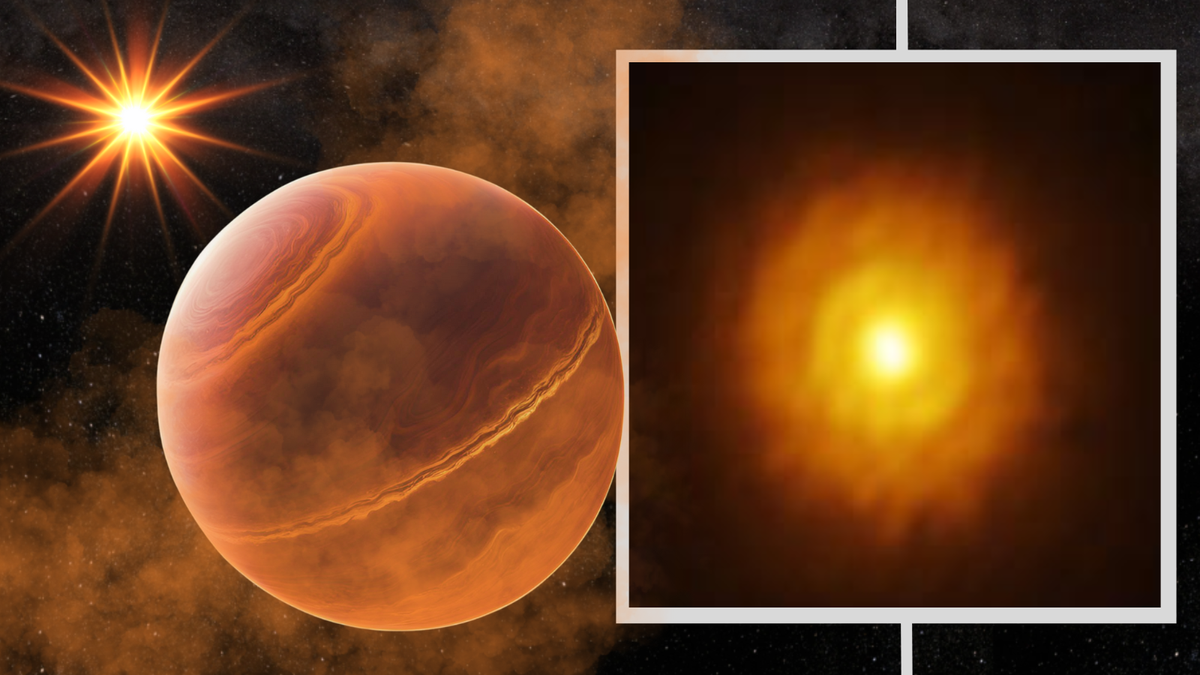Now Reading: Astronomers Uncover Giant Exoplanet Hidden in Young Star’s Stellar Fog
-
01
Astronomers Uncover Giant Exoplanet Hidden in Young Star’s Stellar Fog
Astronomers Uncover Giant Exoplanet Hidden in Young Star’s Stellar Fog

Swift Summary
- Astronomers detected a massive exoplanet,perhaps 10 times the size of Jupiter,emerging from the stellar fog surrounding the young star MP Mus (PDS 66),located around 280 light-years from Earth.
- Initial observations with ALMA revealed a featureless protoplanetary disk around MP Mus, contradicting expectations for planet formation indicators in such environments.
- combined data from ALMA and Gaia exposed hidden features in the disk: cavities and gaps suggestive of a planet formation process. Gaia’s star movement analysis indicated “wobbling,” likely caused by gravitational influences of a gas giant orbiting MP Mus.
- The discovered gas giant has an estimated mass between three to ten times that of Jupiter and orbits at one to three times the distance between Earth and the Sun.
- This is Gaia’s first discovery involving an exoplanet embedded within a protoplanetary disk-a breakthrough achieved through integrating ALMA’s longer wavelengths and precise tracking data from gaia.
Images:
- An illustration showing an orange-hued massive exoplanet emerging from stellar fog near MP Mus.
- Protoplanetary disk observed by ALMA with distinct ring structures revealing lurking planets.
- Artist’s impression of ESA’s Gaia spacecraft observing star movements in space.
Indian Opinion analysis
The collaborative work combining advanced technologies like ALMA and Gaia demonstrates how interdisciplinary approaches revolutionize planetary science research. Detecting planets within protoplanetary disks offers invaluable insights into their early formation stages-knowledge critical for understanding planetary systems across galaxies, including our own solar system’s history.
For India, ongoing advancements in international observational astronomy highlight opportunities for greater participation in global-scale projects such as planetary cartography or instrument advancement for deep space missions akin to ISRO’s contributions with Mangalyaan or Chandrayaan missions.
This discovery also underscores how improving access to telescope upgrades can deepen space exploration research-a lesson relevant as India continues to plan its next interventions through missions like Aditya-L1 aimed at scientific solar observation.




























